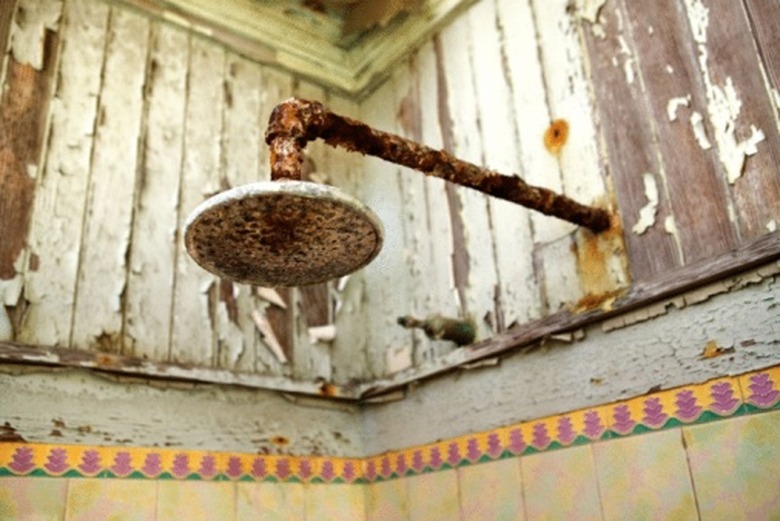Why Is My Sheetrock Turning Soft?
Sheetrock is compressed gypsum held together by glue and paper and is also commonly called "drywall." It can become brittle if a wall or sheet gets battered, but the most common issue with drywall is moisture. Moisture of any kind will make drywall soft and mushy. Having soft drywall is a huge indication that there is a larger problem. Somewhere in the home, water is leaking.
Dealing with Wet or Soft Drywall
Dealing with Wet or Soft Drywall
When drywall gets wet, it often gets soft and crumbly. Removing it can be an arduous task and should be done with care. Drywall only becomes soft if it sits in water for an extended period of time or is constantly exposed to moisture. Other hazards can present themselves when removing drywall, so a thorough inspection of a room and what surrounds that room should be done before demolition begins. Some hazards include mold and mildew, wet electrical in the wall, or falling insulation from a ceiling.
Water, Drywall and Mold
Water, Drywall and Mold
Since mold is commonly found behind soft drywall, it is important that the demo person understand how to remove the drywall in a way that only minimally disturbs any possible mold hiding on the back side of the drywall. Mold spores can cause many different health problems, from respiratory to nausea. The less mold is disturbed, the safer it is for those around it. To check for mold, a demo person should remove only small squares of drywall at a time using a utility knife instead of a saw. If large amounts of mold are found then a specialist should be called in.
Assess Where the Water Came From
Assess Where the Water Came From
Often, the source of the incoming water is near the soft drywall. For example, if the drywall by a window is getting soft then most likely the window has a leak in it. Unfortunately, it isn't always that easy. Water can sneak in from any area around the home, and a number of locations in the home. That leak has to be found before repairs can begin. If the leak is not fixed first, then it will continue to cause damage to the home.
Venting Issues
Venting Issues
There are two different causes for soft drywall: moisture and wetness. They may sound like the same thing, but there are subtle and important differences. The biggest difference is that a moisture problem doesn't always mean a leak, often moisture build-up is caused by improper venting. This can mean that a bathroom fan isn't powerful enough to vent the bathroom, or it may also be clogged, or it might be venting into the attic.
